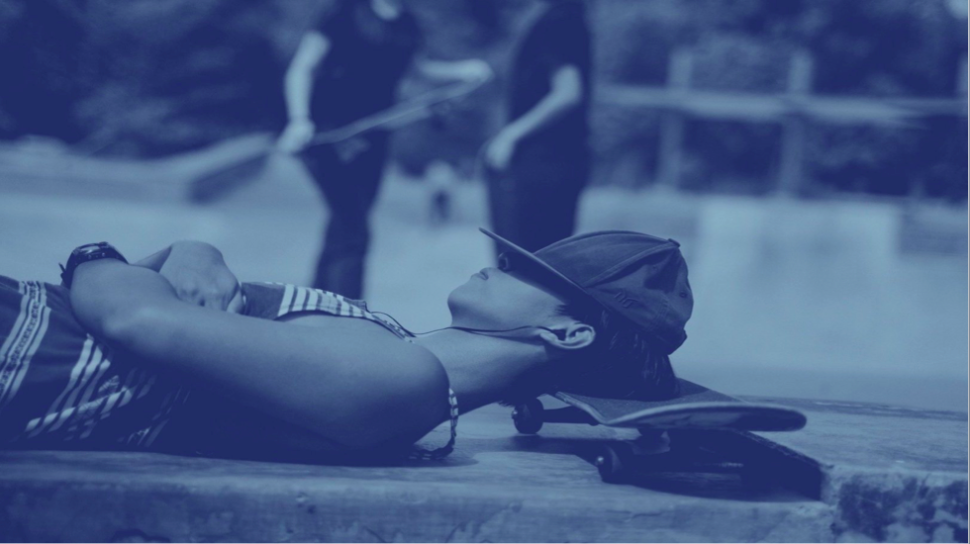Spotify has recently been very active in their engagements with ad agencies and the message they are peddling is very much that Spotify is open for business. Interestingly one of the challenges the sales team has is not that we’re not familiar with the product; a show of hands revealed about 90% usage in the room, but rather it’s the success of the premium model; most of us in media and tech aren’t actually exposed to the adverts, because we pay to avoid them. As early adopters in media and tech increasingly install ad blockers, you’ve got to wonder if this is going to increasingly be an issue; the intermediaries just aren’t familiar with the media formats because they’re actively avoiding them?
Not surprisingly Spotify’s commercial offer includes a range of fairly standard ad options; banners and video formats that are much like what is available on most media sites. What makes them different however is the opportunity to access their data via their API and to actually build things. The best example of this so far is from Spotify themselves where they have commissioned tracks to be used in the latest iteration of the app that take advantage of their responsive playlist that changes with your movement, via the accelerometer on your smart phone.
While some have asked if this is a harbinger of Spotify doing a Netflix and becoming a commissioner of content for their platform, essentially becoming a record label, I think that’s unlikely and it’s more akin to Google’s Art / Copy / Code efforts which are used to demonstrate what’s possible on the platform.
An immediately obvious application of the service would seem to be around allowing brands to create playlists and then share / embed them in other environments. Unfortunately due to the terms of service that’s not possible (although a colleague suggested that competitor Deezer is a bit more flexible in this area).
Brands are already getting involved in the platform and doing interesting things with the data. My favourite example so far is a piece of work done by Vice for Bose. They used Spotify listener data to identify interesting listening anomalies and then generated stories off the back of it which then populated a brand tumblr listenforyourself.tumblr.com For example they found a vibrant English Indy music scene in Mexico – muchos Morrisey and the banging dancehall scene in Tokyo.
As we getting into planning for 2016 there were two other things to consider, one driven by data and the other by audience usage;
First of all; what’s your Q1 valentines strategy? Spotify found that around Valentines day this year there were almost 2.5M playlists created by users that could be attributed to some kind of shagging activity with an average playlist length of over an hour. The anomaly however is that average actual play time was approximately 7 minutes (personally I still think that’s showing off). Surely someone other than Red Bull or Duracell can make something out of this?
And as you look at your Q2 summer festival sponsorships consider how to engage audiences around music events;
> Spotify and Facebook as they approach the event to explore music they might want to see at it
> Instagram and twitter at the event to celebrate what they are a seeing / show off to their mates and (I reckon there’s also significant messaging app usage during the event simply co-ordinating with friends who are there as well as showing off to those who aren’t)
> Spotify and Facebook again to review what they liked (I’d also suggest there’s quiet a bit of YouTube usage looking at bands they discovered)
As far as the impact of Apple Music goes, there haven’t been any figures from Apple to make a valid comparison. Music trade site MBW did a little research using Google trends that showed that the Apple service was not getting anywhere near the search interest of Spotify.
If anything I’d say that this a good time to go and talk to Spotify about some of your more ‘interesting’ ideas as they now have a dedicated data / API consultant in the UK and the competition has just made Spotify more open to partnerships.
Seven minutes…
Really?
